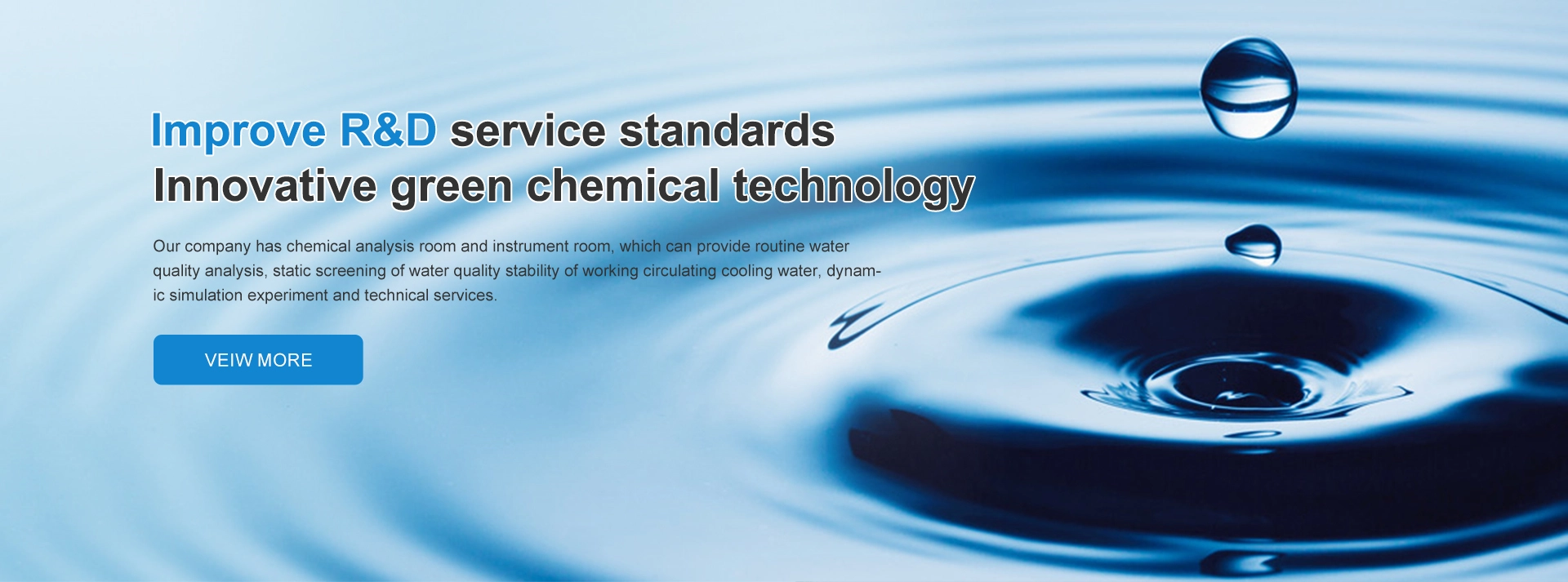Synthesis and Applications of Ethylene Diamine Tetra Methylene Phosphonic Acid in Industry
The Versatile Applications of Ethylene Diamine Tetra Methylene Phosphonic Acid (EDTMPA)
Ethylene diamine tetra methylene phosphonic acid (EDTMPA) is a phosphonic acid derivative known for its unique chemical structure and diverse applications in various fields, particularly in water treatment, agriculture, and pharmaceuticals. With its chelating properties and ability to bind with metal ions, EDTMPA has become a significant compound in modern chemistry.
Chemical Structure and Properties
EDTMPA is a member of the phosphonic acid family, characterized by its four methylene groups attached to a central phosphonic acid moiety. This arrangement grants EDTMPA strong chelating abilities, allowing it to effectively sequester divalent and trivalent metal ions such as calcium, magnesium, and iron. The ability to form stable complexes with these metals is crucial for its myriad applications.
Water Treatment
One of the prominent applications of EDTMPA is in water treatment processes. It is commonly used as a scale inhibitor in various industrial water systems, including cooling towers and boilers. In these systems, calcium carbonate and other mineral scales can accumulate, leading to reduced efficiency and potential equipment damage. By using EDTMPA, these scaling issues can be mitigated, as the compound effectively inhibits the precipitation of scale-forming minerals, ensuring smooth operation and extending the life of equipment.
The versatility of EDTMPA makes it suitable for both fresh and saline water systems, where it helps in maintaining required water quality. Furthermore, its biodegradable nature poses minimal environmental risks, making it a favorable choice for sustainable water treatment solutions.
Agricultural Applications
ethylene diamine tetra methylene phosphonic acid

In agriculture, EDTMPA is recognized for its role as a chelating agent that enhances the bioavailability of essential nutrients. It effectively binds to micronutrients like iron, zinc, and manganese, facilitating their uptake by plants. This property is particularly valuable in high pH soils where these nutrients are often rendered unavailable to crops due to precipitation.
By incorporating EDTMPA into fertilizers, farmers can ensure that plants receive adequate nutrition, leading to improved crop yields and healthier plants. Additionally, the use of EDTMPA can mitigate nutrient runoff and environmental pollution, contributing to more sustainable agricultural practices.
Pharmaceutical Uses
The pharmaceutical industry has also found applications for EDTMPA due to its chelation properties. It has been studied for its potential to address heavy metal toxicity in the human body by binding to harmful metals and facilitating their excretion. This quality makes EDTMPA a candidate for developing treatments for heavy metal poisoning, as well as for enhancing the efficacy of certain drugs by improving their solubility and stability.
Moreover, EDTMPA has shown promise in research related to drug delivery systems. By forming complexes with therapeutic agents, it can enhance the delivery and release profiles of these drugs, resulting in better therapeutic outcomes.
Conclusion
Ethylene diamine tetra methylene phosphonic acid is a multifunctional compound with significant implications across various sectors. Its ability to chelate metal ions allows for its application in water treatment, agriculture, and pharmaceuticals, where it enhances efficiency, sustainability, and health outcomes. As research continues to unveil further applications of EDTMPA, its importance in modern chemistry and industry is likely to grow, paving the way for innovative solutions to contemporary challenges. The continued development and understanding of this compound could lead to advancements that benefit both the economy and the environment, reaffirming the crucial role of chemistry in addressing global issues.
-
Water Treatment with Flocculant Water TreatmentNewsJun.12,2025
-
Polymaleic AnhydrideNewsJun.12,2025
-
Polyaspartic AcidNewsJun.12,2025
-
Enhance Industrial Processes with IsothiazolinonesNewsJun.12,2025
-
Enhance Industrial Processes with PBTCA SolutionsNewsJun.12,2025
-
Dodecyldimethylbenzylammonium Chloride SolutionsNewsJun.12,2025





